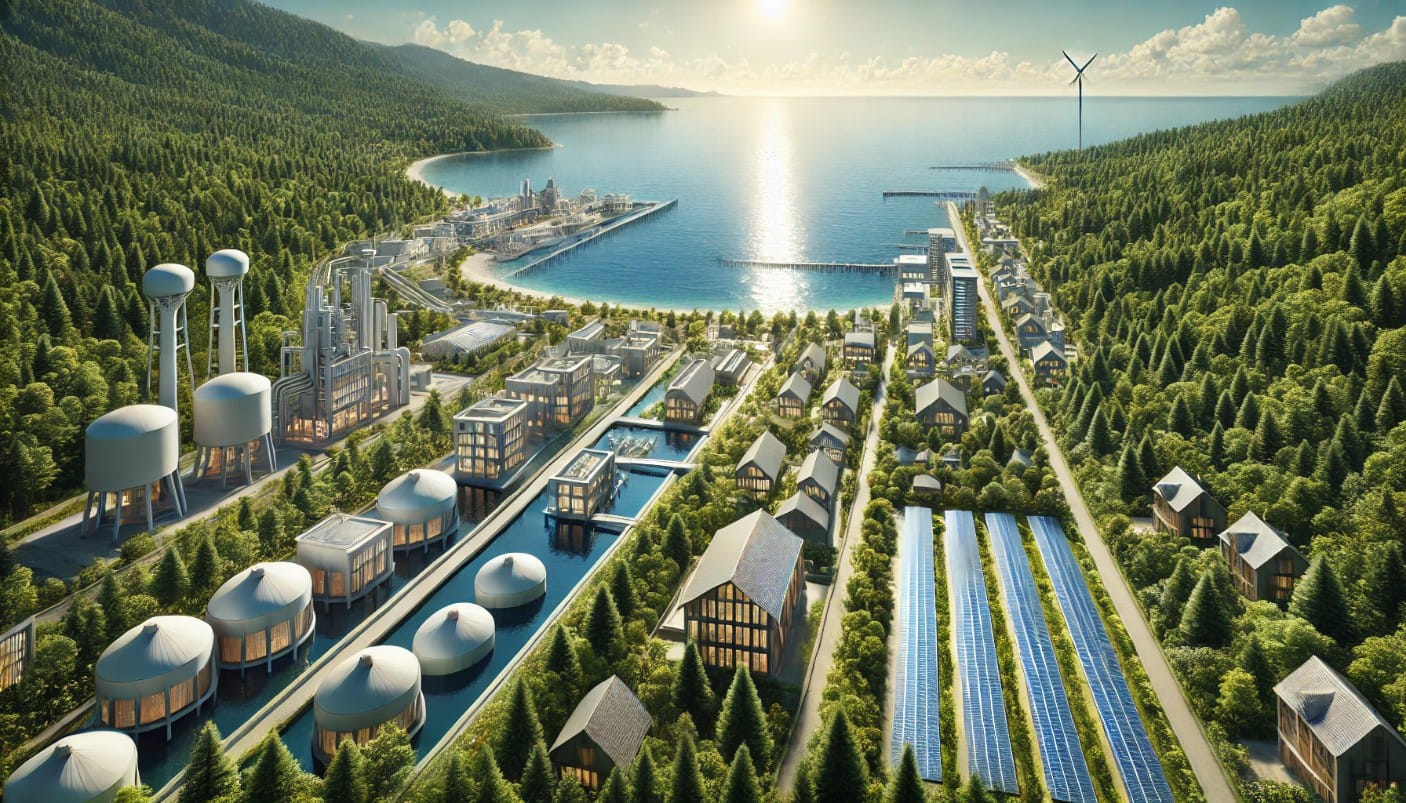
By Abdelhaq Ghandi
President of the Local Coalition for Environment and Sustainable Development in Sefrou
Prisons across Morocco have suffered from chronic overcrowding for more than a quarter of a century, despite the efforts of successive governments to build new facilities and issue circulars and directives aimed at limiting pretrial detention, which exacerbates the overcrowding crisis.
In this context, the Moroccan Prison Observatory warned in its 2023 annual report that overcrowding in Moroccan prisons has reached a record level of 159%, turning the lives of inmates into a living hell. This hinders the implementation of rehabilitation and reintegration programs and denies prisoners their basic human rights, especially the right to physical and mental health, adequate outdoor recreation, and balanced nutrition. These conditions prevent treating prisoners with the dignity they deserve as human beings, regardless of the crimes they have committed.
Thus, the issue of prison overcrowding stems from three main factors: criminal policy, population growth, and the increasing prevalence and complexity of crime. Together, these factors have made managing prison overcrowding an almost unsolvable challenge.
Despite recent legislative initiatives to introduce alternatives to custodial sentences, implementing these alternatives faces significant obstacles that may limit their effectiveness. This raises human rights challenges for Morocco, particularly as it assumes the presidency of the United Nations Human Rights Council in Geneva for 2024.
The Proposed Solution: A Revolutionary and Sustainable Prison City
The proposed solution is a revolutionary project that is both economically viable and environmentally sustainable, while also addressing the issue of prison overcrowding. The project involves building a smart prison city that provides an environment conducive to the rehabilitation and reintegration of inmates and ensures humane incarceration conditions.
Features of the Smart Prison City
- Location:
- Close to the sea to address water resource issues.
- Capacity:
- Designed for 50,000 inhabitants, including 40,000 inmates and 10,000 staff, workers, and visitors.
- Infrastructure:
- Solar Power Plant: Fully meets the energy needs of the prison city and its facilities.
- Desalination Plant: Provides clean water using electricity generated by the solar plant.
- Wastewater Treatment Plant: Ensures environmental sustainability.
- Residential Areas: Housing for prison staff, workers from private sector companies partnering with the prison, and visitors.
- Green Spaces and Gardens: Irrigated using treated wastewater.
- Industrial Zone: Offers jobs for well-behaved inmates and those serving alternative sentences.
- Agricultural Projects: Irrigated using surplus desalinated water and treated wastewater.
- Prison Facilities:
- High-Security Prison: For long-term and dangerous inmates.
- Medium-Security Prison: For disciplined inmates serving medium-term sentences.
- Low-Security Prison: For short-term inmates.
- Open Residential Facilities: For inmates serving alternative sentences, allowing them to work in the city or its surrounding agricultural and industrial areas.
- Smart City Standards:
- Equipped with modern technology for management, sustainability, and security.
Benefits of the Smart Prison City
- Economic Impact: Transforms prisons from being merely consumption-based facilities into productive units.
- Social Impact: Facilitates the rehabilitation and reintegration of inmates, reducing recidivism rates.
- Human Rights: Provides humane conditions for inmates.
- Environmental Impact: Promotes sustainability through the use of renewable energy and efficient resource management.
A Call to Action
This proposal is a plea to decision-makers, including the government, parliament, and non-governmental organizations, to consider and discuss innovative solutions for one of Morocco’s most pressing public policy challenges.